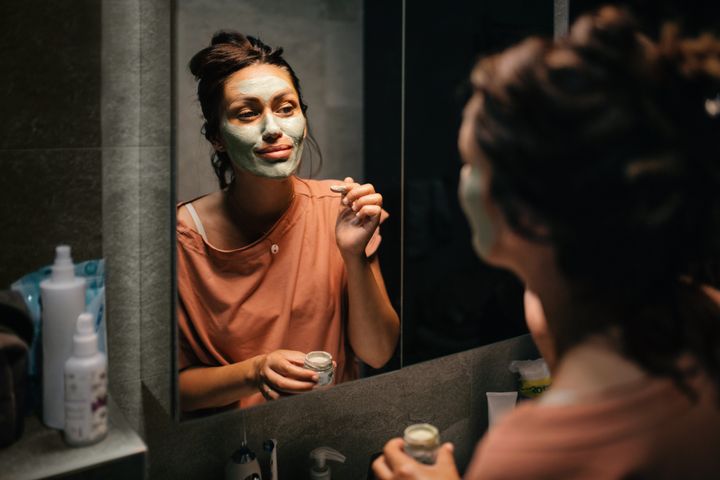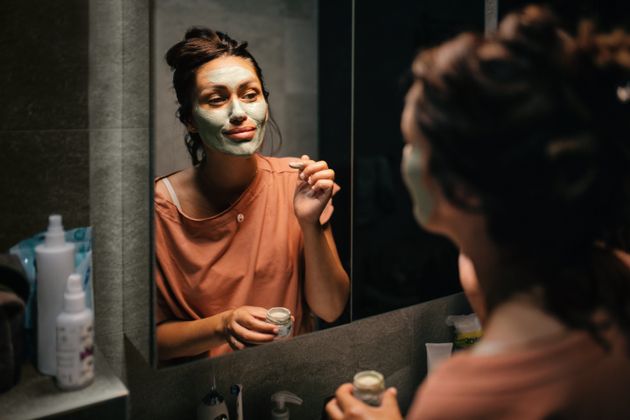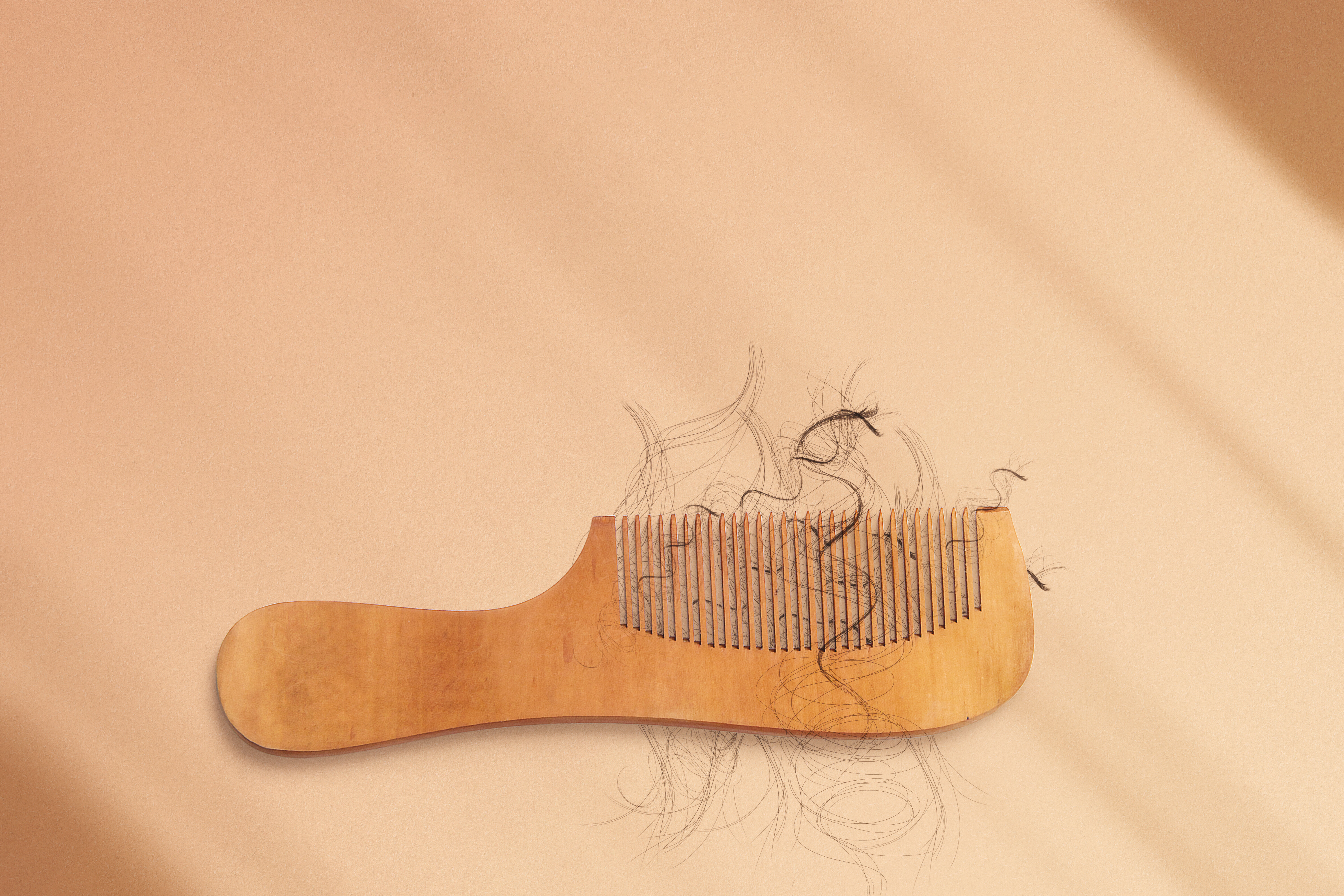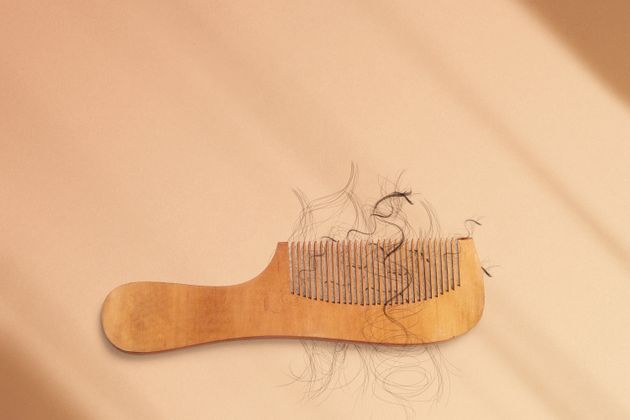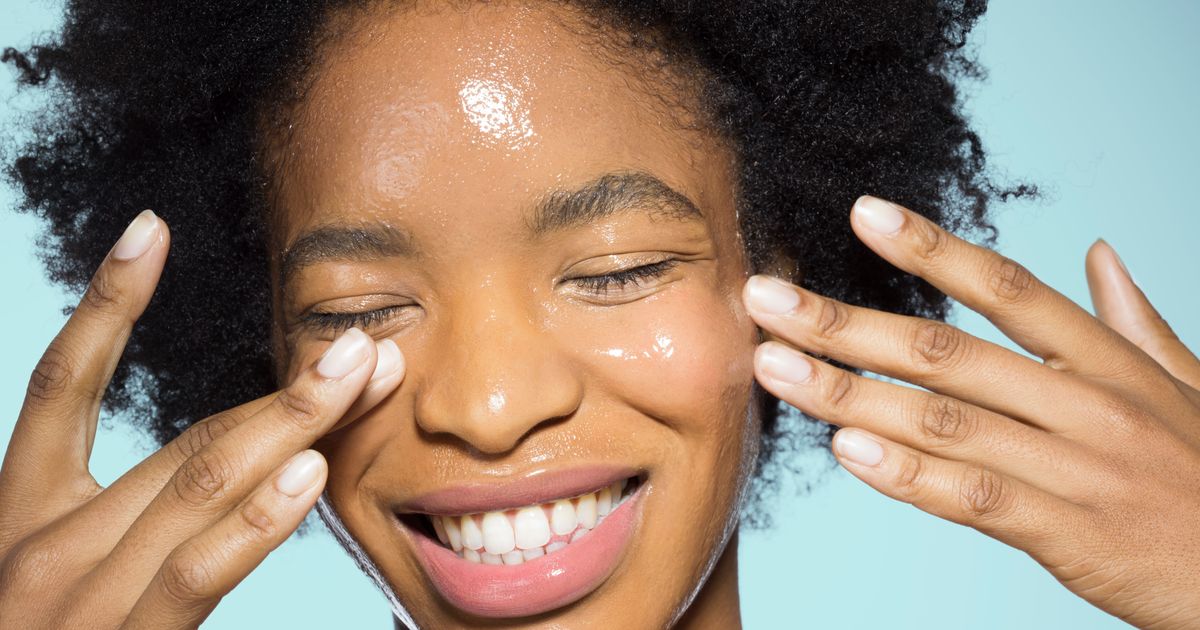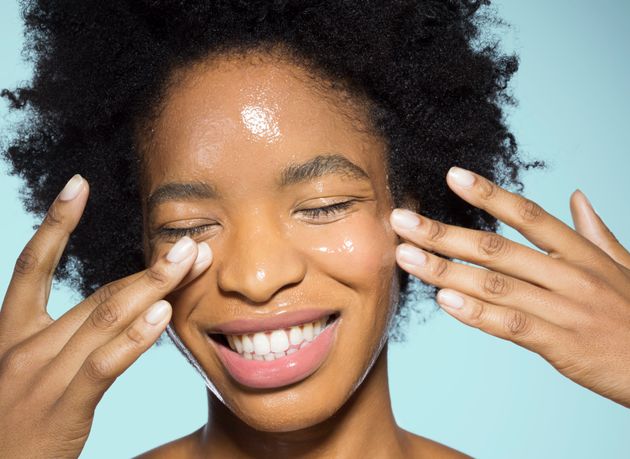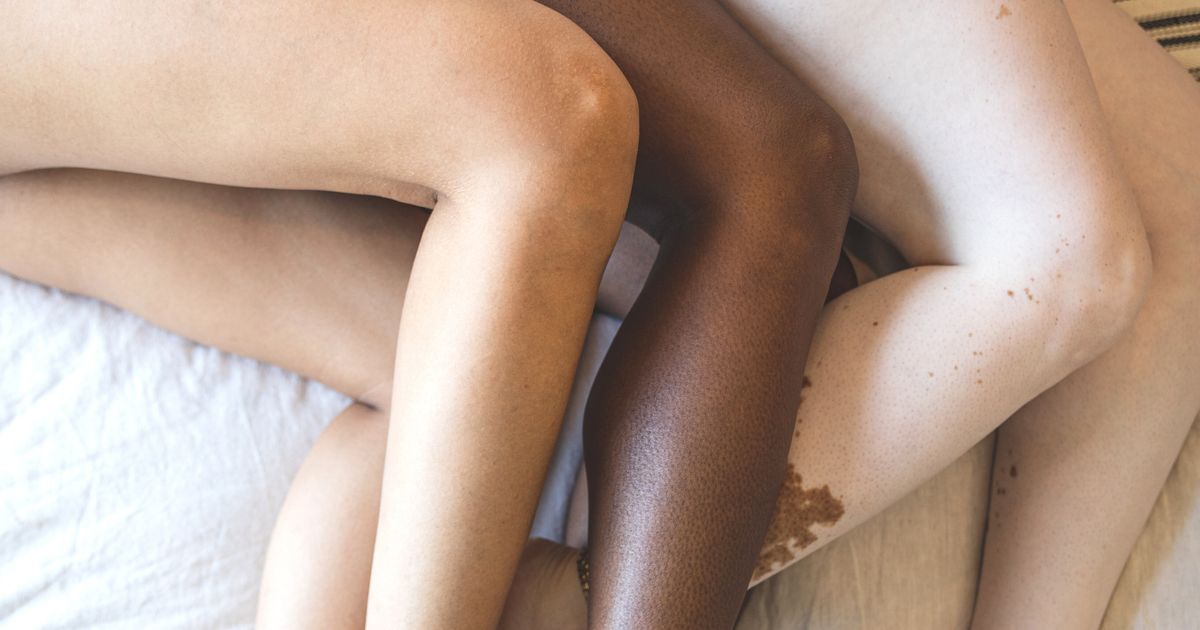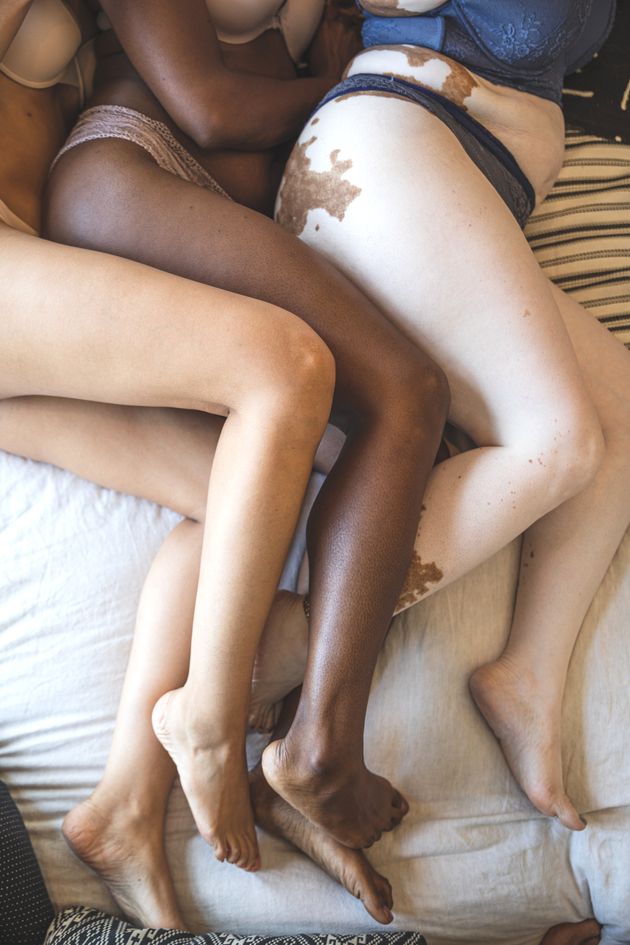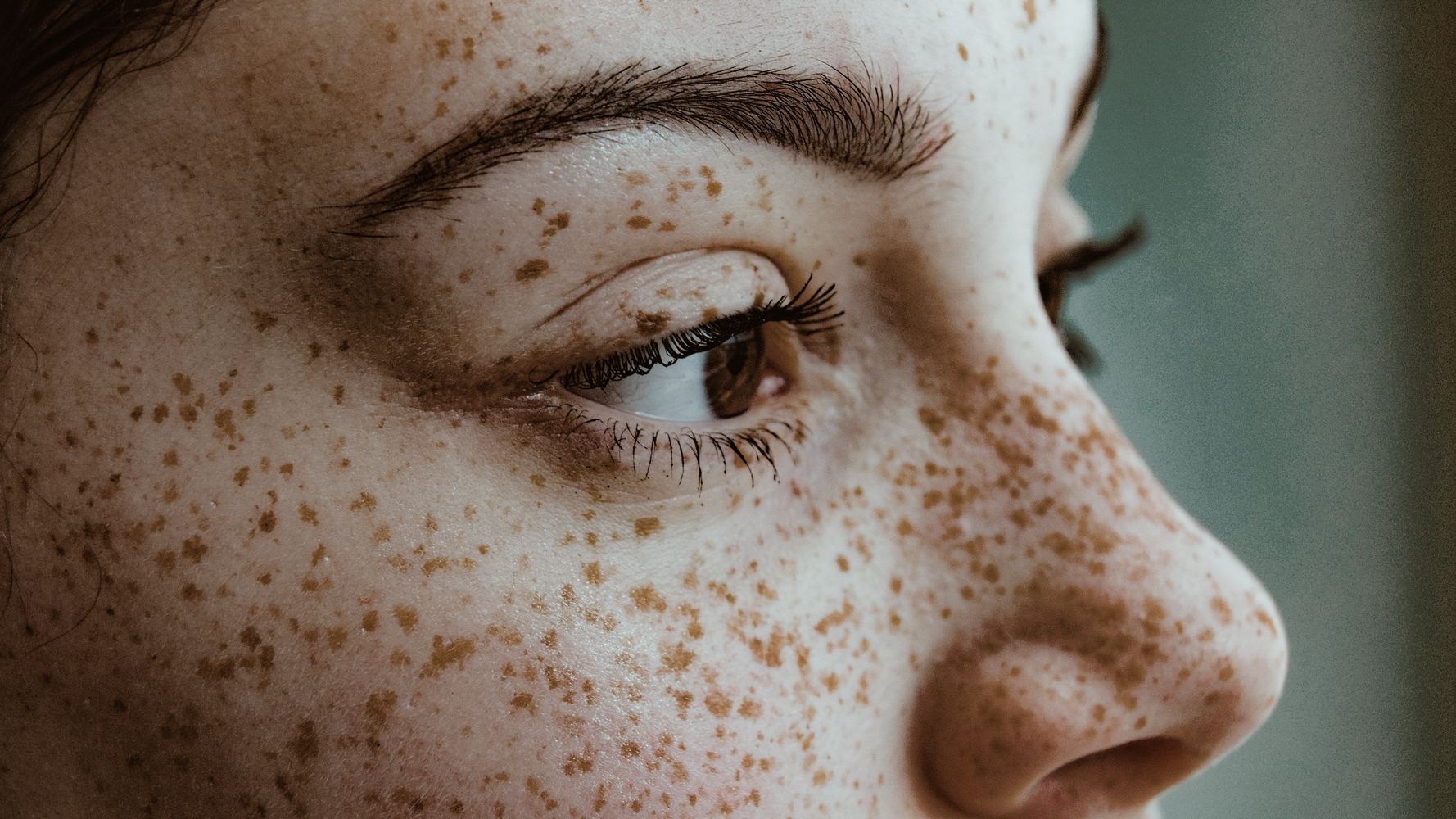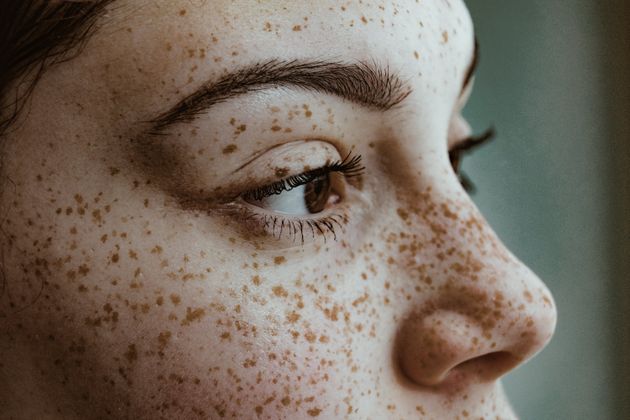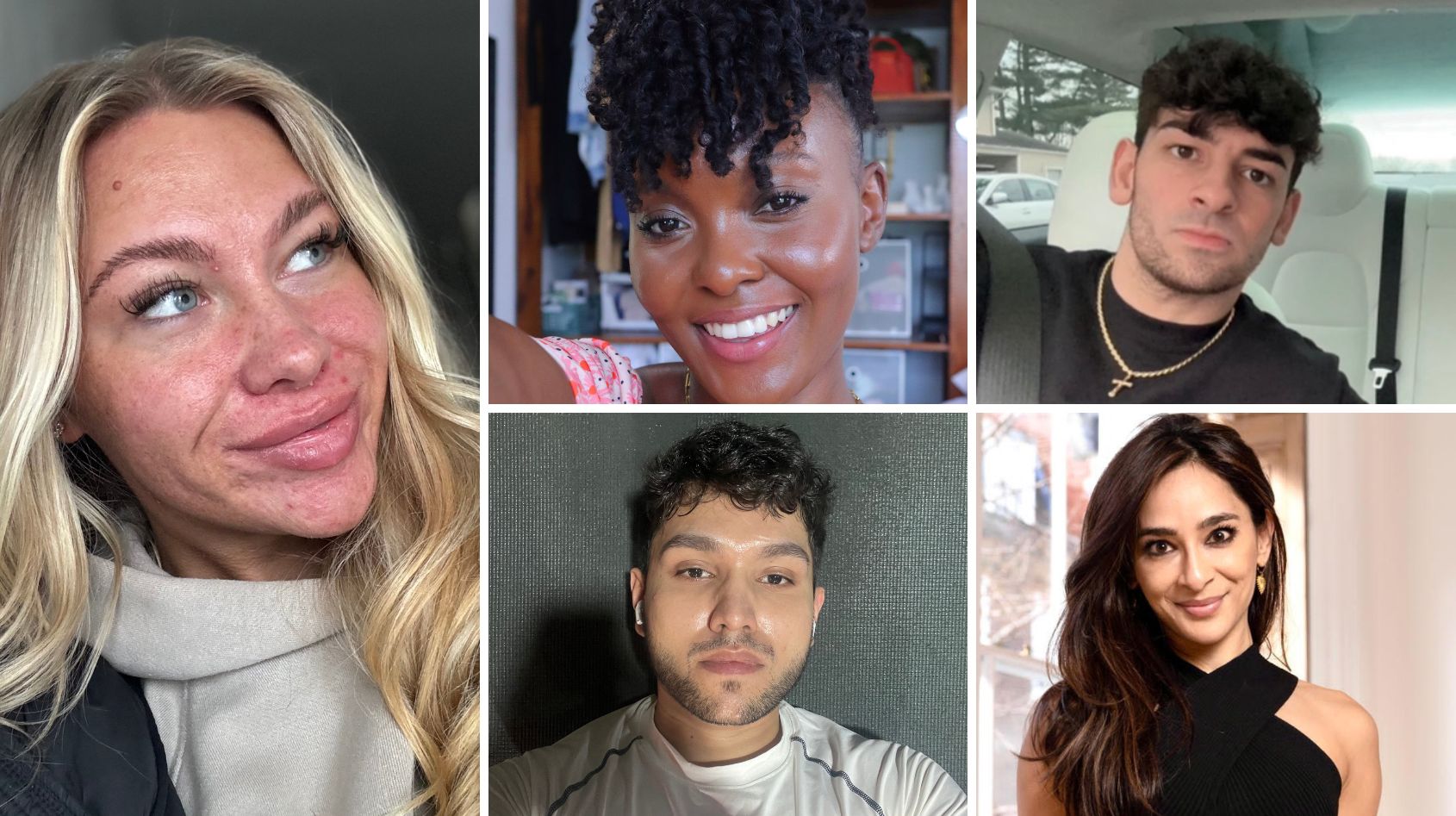
I’ve struggled with acne since high school and sometimes had to skip school because I felt self-conscious, judged and afraid that people would whisper behind my back.
As a teen, I went to a dermatologist who put me on a course of treatments that was ineffective and, at times, painful. As my spots only grew redder, I felt insecure and ugly because of my acne, and I felt that no one understood me. Acne took a toll on my mental health. It made me feel I wasn’t worthy.
Advertisement
I’ve since grown in my confidence, but I know others are going through what I used to go through — and they should know they’re not alone. Acne affects over 50 million people in the U.S. every year, with 85% of those between the ages of 12 and 24.
Various studies have shown that skin conditions — like vitiligo, acne and psoriasis — can be debilitating both physically and mentally, often increasing anxiety and depression. Another study noted that people in their late teens with acne expressed “more depressive symptoms, lower self-attitude, more feelings of uselessness, fewer feelings of pride, lower self-worth, and lower body satisfaction than those without acne.”
There’s a myriad of acne products on the market, often targeting our insecurities. The size of the acne medication market in 2022 was at $9.9 billion, while Statista estimates it will reach $17.5 billion by 2032.
But sometimes just getting rid of the spots is a temporary fix. Self-acceptance, which doesn’t come easily, can be a more effective tool.
Advertisement
HuffPost spoke to people who struggled with acne and acceptance to learn the different ways their skin condition affected them, and how they got through it.
“My biggest advice to others is to seek help as early as possible.”
“I felt very insecure about my skin and I used to hate taking photos. It didn’t stop me from enjoying school or extracurricular activities, but it did make me feel much more self-conscious and negatively affected my self-esteem.
“Interestingly I didn’t feel judged by others, but I felt judged by myself. I wanted clear skin like most of my peers and I tried many different OTC products to ‘treat’ it, only to make it worse. I specifically remember going to a dermatologist for acne. It felt somewhat frivolous and fluffy, like I should be worried about things that actually ‘mattered’ and not acne. However, I remember going to a dermatologist and having a dedicated conversation about my acne and all the available treatments. He acknowledged my acne, validated my concerns, and actually came up with a very precise treatment plan. I remember feeling justified and reassured. It sounds silly, but I felt heard and it made an impact.
“There are so many effective treatments for acne, and they work incredibly well for the most part. The only treatment that really worked for me was Accutane, and I needed to take it twice. And I still have acne flares occasionally, but it’s much more manageable. My biggest advice to others is to seek help as early as possible. It’s much easier to manage earlier on and you can avoid deep acne scars that are very difficult to treat, so go see a board-certified dermatologist if it’s been bothering you. You don’t have to live with acne if you don’t want to.” — Dr. David Kim, board-certified dermatologist at IDRISS Dermatology in New York City
“I know I am not alone in this. These are the same sentiments I hear being echoed by my patients in-clinic, on a daily basis.”
“As a teenager, my skin problems caused a world of pain. I was about 12 years old when my acne started. Sadly it developed around the same time as a bereavement, which resulted in my personal circumstances changing. In the space of a few short weeks, I was suddenly confronted with bereavement, a new school in an unfamiliar place, and trying to make friends, all whilst having dreadful acne. I was painfully shy and it was hard. I didn’t want people to look at me. All I could see in the mirror were my spots. My eyes would not catch the normal skin between them. They disgusted me and I was certain that anyone who looked at me would feel the same. Unsurprisingly, I didn’t make many friends.
“As an adult with acne, spots continue to evoke shame, embarrassment and feelings of inadequacy. It also generates anger: ‘I should have grown out of this by now!’ In meetings, you wonder if others are taking you seriously when inside you feel like a spotty teenager. Or, if your skin is bad enough, you cancel the meetings altogether for fear of being looked at or, worse still, judged. I know I am not alone in this. These are the same sentiments I hear being echoed by my patients in-clinic, on a daily basis. Acne can have profound effects on self-esteem and confidence.
“It was this personal firsthand experience of acne and how it can affect one’s mental health that led me to specialise in the treatment of acne. I know what it’s like to be in my patient’s shoes and I’m passionate about treating acne before it scars, which is much harder to treat.” — Dr. Anjali Mahto, consultant dermatologist at Self London
“My struggle has made me understand that it’s only human of me and how my skin looks doesn’t define me as a person.”
“I remember I started getting acne very early, as soon as I turned 13. It wasn’t severe in the beginning, but within a year, my face was full of painful cystic acne all over it, and suddenly that was the only thing people noticed about me wherever I’d go. From name-calling in my own house to visiting different dermatologists and ‘experts’ for wild advice, it was simply traumatic.
Advertisement
“The most difficult part was dealing with unsolicited opinions from people who weren’t even aware of the root cause but were always ready with tips that I never asked for. Even visiting dermatologists wasn’t very helpful, as most of them would put me on hardcore treatments, which would only make it worse. I remember I slowly started isolating myself and started making excuses for being home. I remember breaking down in front of my parents on multiple occasions just so that I could skip school on my worst days.
“After fighting severe cystic acne for almost two years, I started doing my own research just to understand my skin better. … Slowly, the condition improved. Almost 10 years down the line, I’m a content creator talking about beauty. While I still get a little conscious if someone talks about my skin (even good comments) and getting frequent breakouts as acne in most cases is chronic, my struggle has made me understand that it’s only human of me and how my skin looks doesn’t define me as a person.” — Yashwant Singh, content creator, @yashwantsngh
“Don’t let acne control your life.”
“While my acne didn’t keep me from doing daily activities as a teen, it made me feel self-conscious. I was constantly worrying about what others were thinking of me. I remember I would always compare myself to others, whether they were friends or other people my age, basically asking why they weren’t struggling with this in the same way I was. So, in a way, I think I was judging myself. My confidence was impacted in a way I wasn’t expecting. I simply didn’t want to bring attention to myself but rather wanted to blend in. I know I wanted to try anything and everything to get rid of my acne because it started to become a defining feature for me, which I absolutely hated.
“The way I overcame these feelings was by reminding myself that this wasn’t the end of the world. I had to remember that I wasn’t the only one struggling with acne, especially as a teenager. Also having support was very important.
“For anyone struggling with acne, I know how difficult it can be to in the mirror and think that there’s no way it can get better, but it can. I’m now 28, and aside from the occasional blemish, I no longer struggle with acne. Surround yourself with a good support system and continue to do things that bring you joy. Don’t let acne control your life.” — David Triana, public relations consultant in Orlando, Flοrida
Advertisement
“A reminder: Not everything you see online is a reality at all.”
“I felt majorly insecure. I was young, and in the early years of middle school, I was consistently late making sure my makeup was right. As I grew up, I became more and more limited, never leaving the house without makeup and never letting anyone see my bare skin.
“I felt judged in so many ways, I felt like people thought I was dirty or just didn’t take care of myself. People would stare and make remarks about my skin and I felt really excluded. I felt like people just avoided me where they could because of my skin, and it was so debilitating.
“Overcoming these feelings came after I started taking pictures of my skin and posting about it. Finding a community that was open and welcoming and seeing other people who looked like me on my socials was a big help — it made it feel more normal, less different and more included. Realising acne is so normal and widely experienced really helped shift my perspective of it being a bad thing.
“And a reminder: Not everything you see online is a reality at all. I feel my generation has so much pressure to look a certain way 24/7, which isn’t possible. It’s OK to have skin problems, and it’s OK to just be YOU in whatever capacity that looks like!” — Abigail Collins, content creator, @abis_acne
“These unsolicited comments sometimes get to me.”
“I was so insecure when I first started developing cystic hormonal acne. It’s been something that subconsciously has been holding me back from enjoying events, going out and creating content as much as I wanted to, especially since I’m in the skin care niche on social media. Someone is constantly asking, ‘Why isn’t your skin clear when you use so many products?’ These unsolicited comments sometimes get to me. I feel judged and embarrassed for the condition of my skin.
Advertisement
“But I’m slowly figuring things out, including how to ignore unsolicited advice and stop questioning the condition of my skin and whether my acne will ever improve. Instead, I’m focusing on being present and being more mindful instead of having negative thoughts, and also stepping away from the mirror and friendships that bring me down. All these things have helped change my perspective.” — Abby Rose Maureen, content creator, @abbyrosemaureen
“I feel like my struggle with acne shaped who I am today.”
“I struggled with acne on my face and back throughout high school and in college. It’s been quite a journey, to say the least. At first, it took a toll on my self-esteem. I felt like people were constantly staring at my skin instead of seeing me for who I am. It made me feel judged and self-conscious in social situations, and even simple tasks like changing my shirt during gym class or swimming with friends became stressful. I would make sure my back was against a wall while changing my shirt to ensure no one could see my back. I was also the only one to wear a swim shirt when swimming with friends to hide my back acne.
“Overcoming these feelings wasn’t easy. I started by understanding that acne is an issue many people struggle with. I spoke to dermatologists about medical treatments, and my skin slowly improved. Beyond medical treatments, I found that self-acceptance was crucial. I realised that my worth shouldn’t be defined by the state of my skin. I began to surround myself with only supportive friends and family who didn’t judge me based on my acne which was out of my control. Today, I still get some acne breakouts, but I no longer let it affect my self-esteem.
“Through my journey, I learned the importance of perseverance and self-acceptance. I feel like my struggle with acne shaped who I am today. I never judge people by their appearance, because I know what it feels like. I enjoy sharing my acne story to help others know they’re not alone and that they will get through it just like I did!” — Vin Cirisano, content creator, @sirisano



